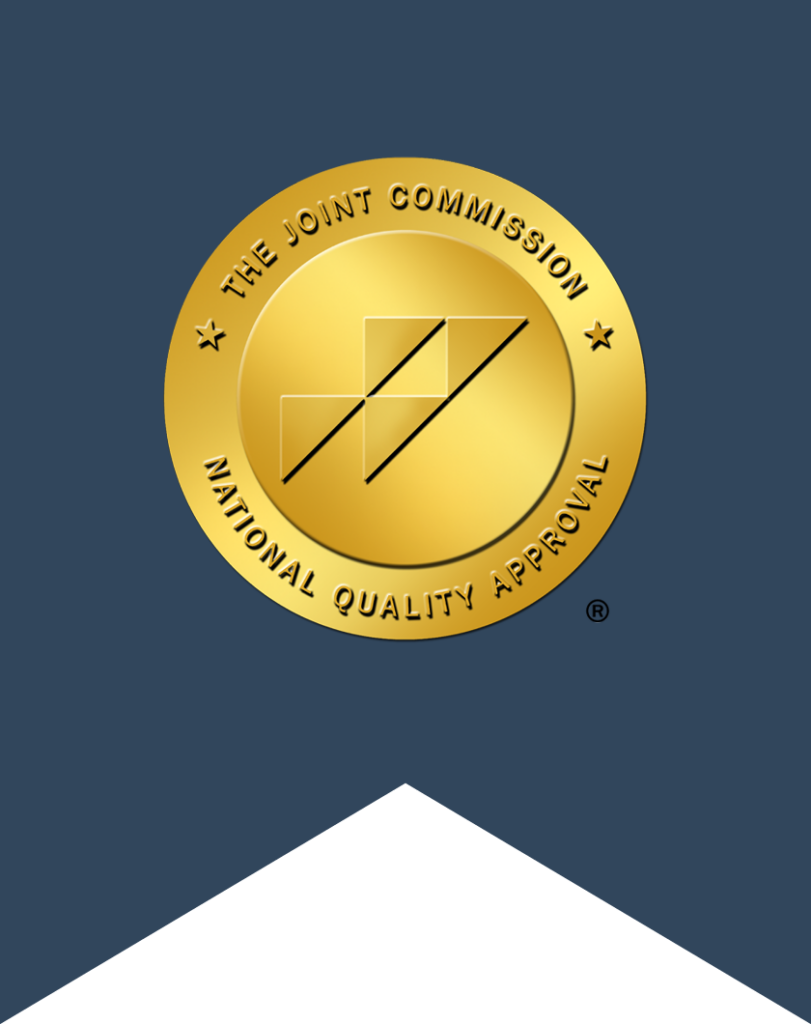Nearly 70 percent of an estimated 22.4 million adult users of illicit drugs are employed either part or full time. Approximately 76 percent of adult heavy drinkers and over 79 percent of adult binge drinkers are also employed part or full time. These percentages equate to approximately 76 million employed adults.
The adverse effects of on-the-job drug and alcohol use are cutting a wide swath through our communities and touching people from all ethnicities and ages, in every walk of life.
The High Cost to Employers
Substance abuse harms the body and impairs a person’s ability to think clearly and accurately. In a work environment, this can lead to poor decisions, some with deadly consequences. An estimated twenty percent of occupational fatalities were related to substance abuse, according to two independent studies.
Deadly or dangerous accidents are not the only risk posed by substance abuse on the job. The most significant problems experienced due to employee substance abuse include:
- Absenteeism
- Reduced productivity
- Lack of trustworthiness
- Negative impact on company’s reputation
- Missed deadlines
- Increased health care costs
- Unpredictable, defensive interpersonal relations
Reducing Workplace Substance Abuse
Because of the far-reaching impact of workplace drug abuse, many different tactics have been devised to combat the problem:
Drug Testing
Testing employees for drug and alcohol has emerged as a prevalent strategy. Some argue this has had little or no effect in preventing substance abuse at the workplace. However, research does seem to indicate a correlation between such testing and reducing the incidences of occupational injuries. Although widespread, workplace drug testing continues to be controversial, particularly as it pertains to employee privacy. If you end up losing your job you may look for government assistance.
Employee Assistance Programs (EAP)
These programs are provided as a benefit to employees and offer short-term counseling and long-term referrals to those with emotional and behavioral concerns, including substance-use problems.
Educational Campaigns
Many employers offer education programs that focus on substance use and misuse. Such programs often complement company EAPs and are designed to inform and warn employees about dangerous substance abuse behaviors. The programs also encourage those with existing substance-use problems to self-refer to the EAP.
Changing Social Norms
Certain organizational cultures such as bartending and restaurants may promote substance misuse by encouraging on-the-job drinking and tolerating spillover effects of alcohol or other drug use. Designing programs to change such cultures is inherently difficult, but evidence indicates managerial structures, along with health promotion and wellness programming may influence these norms.
Abuse-Deterrent Opioid Products
Developed specifically to address rampant prescription drug abuse, pharmaceutical companies are creating opioid products with built-in qualities to help prevent their abuse. The formulations have one or more properties that make their intentional misuse more difficult or less rewarding. For example, some deterrent properties are:
- Controlled release of the drug to prevent overdosing
- Tablets that resist crushing or grinding or which produce granules too large to inhale
- Gelling agents that make hypodermic injection difficult
- Inclusion of substances that burn or irritate nasal lining if snorted
- Diminished amount of intact drug produced by vaporization
Products with opioid abuse-deterrent properties (OADP) show great promise, with initial studies indicating significant reduction in abuse rates when deployed. As a result OADP have become a priority for drug manufacturers and public health advocates. Several states, including Florida, Tennessee, New York and Maryland have enacted or are considering enacting legislation promoting and encouraging the use of OADP to help stem abuse.
